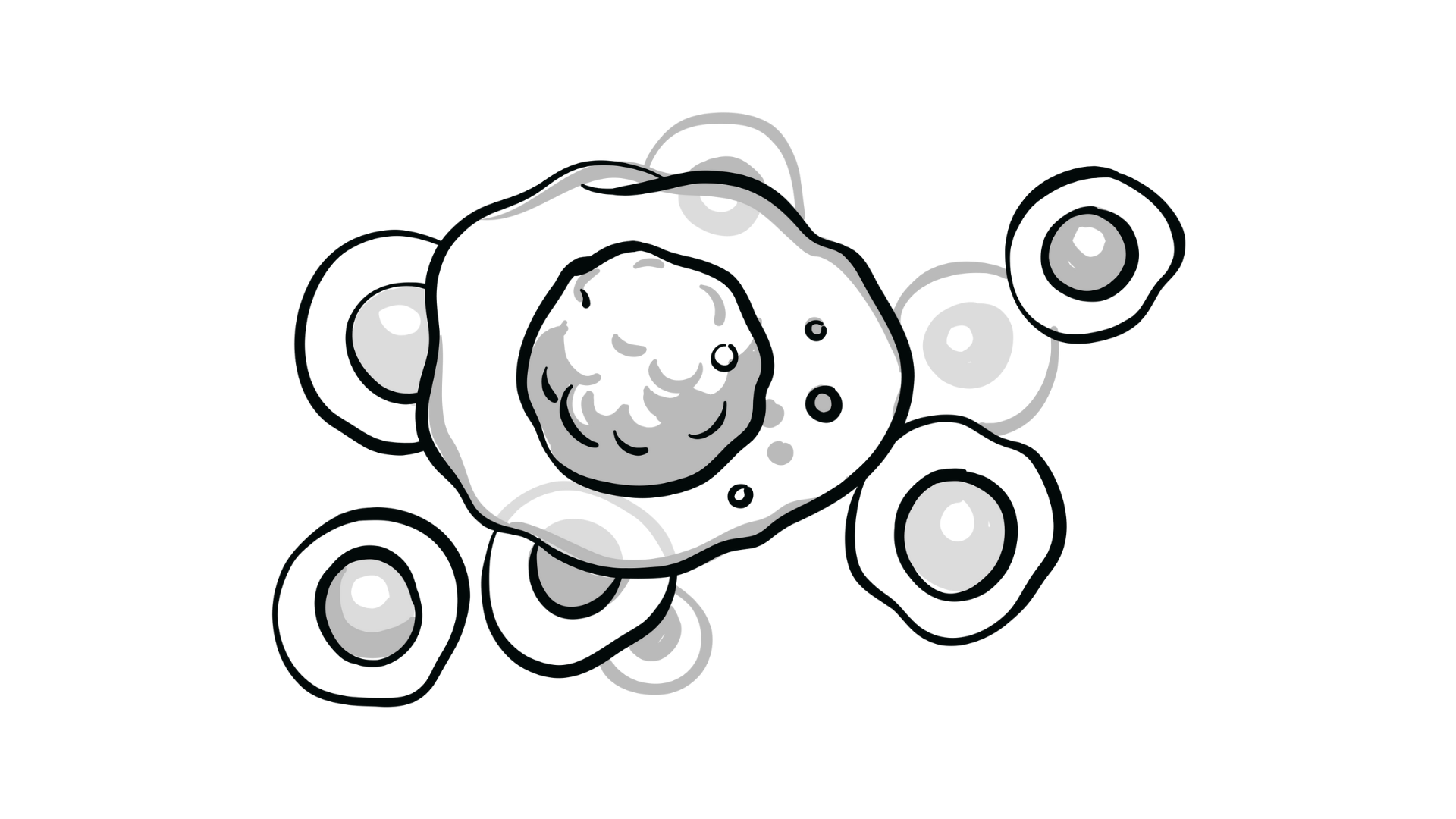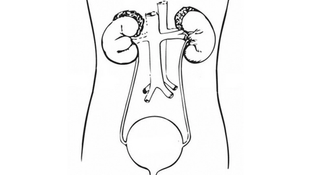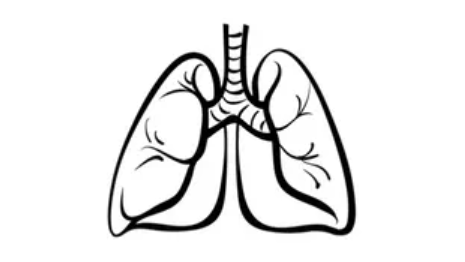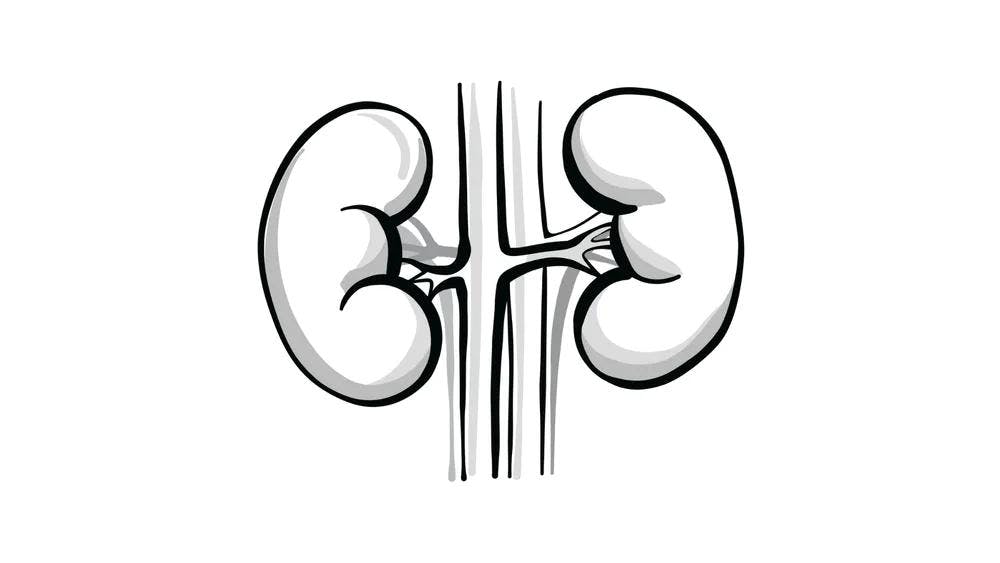Jain and Participants Consider BTK Inhibitor Resistance in CLL
During a Case-Based Roundtable® event, Nitin Jain, MD, and participants discussed treating a patient with CLL after acalabrutinib and venetoclax/rituximab.
Nitin Jain, MD
MODERATOR
Professor, Department of Leukemia
Division of Cancer Medicine
The University of Texas MD Anderson Cancer Center
Houston, TX


EVENT REGION Arizona, Kansas, Missouri, and Texas
PARTICIPANT LIST Tejo N. Musunuru, MD | Shadi Haddadin, MD | Rakesh Gaur, MD, MPH | Nishant Poddar, MD | Matthew Butler, MD | Robert D. Yoo, DO
JAIN: In…December 2023, pirtobrutinib [Jaypirca] was approved for this double-exposed patient population, similar to the patient we have. Double exposed means patients who had a prior covalent Bruton tyrosine kinase [BTK] inhibitor and prior venetoclax. CAR [chimeric antigen receptor] T-cell therapy, namely, liso-cel [lisocabtagene maraleucel, Breyanzi], was approved in March 2024 for the same patient population. This will become a big debate and discussion about what therapy to choose for our patients. Someone who picked pirtobrutinib as their response: Would you want to comment on your thoughts about using pirtobrutinib for this patient?
MUSUNURU: For these double-class– exposed patients, that’s been our go-to medication to begin with, and if they’re refractory to pirtobrutinib, that’s when we go on to CAR T, especially because [this population’s] response to CAR T-cell therapies in this particular disease has not been as robust as we’ve seen with the diffuse large B-cell lymphomas.
HADDADIN: I’m the same with double refractory. The only thing is, I know there’s a paper that came out looking at BTK mutations. I have not used it yet in my clinic, but this might change this, and we might pick something else if patients are resistant to pirtobrutinib; as of now, the oral option is probably what I’m going to use.
GAUR: I picked CAR T, and part of that is the age of the patient. Because even with pirtobrutinib, I think you could get a response, and that could last, even with this high genomic risk individual. He might go for another 3 to 5 years or so, and by the time he’s 70, CAR T becomes a little bit tougher. I think that would play a part in this decision as well. Of course, both options are reasonable. [Pirtobrutinib would be] easier to do in the community setting…but I think depending on the circumstances, what could you achieve today vs…5 years from now? That would be the reason for selection of CAR T.
JAIN: Fair point. I think those two are the options.
DISCUSSION QUESTIONS
- What clinical factors would trigger the need to change therapy for your patients? Would your treatment change be based on worsening labs, awaiting symptoms, or both?
- What would motivate you to make your treatment decision sooner?
- For which patients would you consider rechallenging with a previous agent in the third-line setting?
JAIN: There are these International Workshop on Chronic Lymphocytic Leukemia [iwCLL] treatment criteria. You have a new patient with CLL who is early stage; you don’t treat; you wait until they meet certain criteria, cytopenias, adenopathy, and symptoms, and that’s for the first-line setting. The question is that, if you have a patient in the third-line setting, let’s assume the patient in question here, do you still wait for these treatment criteria to be met before you start initiating treatment, or anytime you see a disease relapse, meaning that the white blood count is starting to go up, it’s 20,000/μL, you start the next line of therapy. What is your threshold? Do you have a lower threshold in a relapsed/refractory situation than what you use in the frontline setting?
GAUR: Maybe the threshold is a bit lower, but when...the time for MRD detection or the positivity after MRD, almost 2.5 years between the time detection and treatable, based on the iwCLL. For that reason, you have to individualize the patient and see where they’re going. There’s no standard guideline. There’s no standard decision that you can make. You have to look at the comorbidities, the age of the patient, and the logistics of getting either therapy, and that is what makes my decision in terms of treating or not treating.
HADDADIN: We’re not curing this disease, and we’re mainly controlling the symptoms, so you don’t want to fire all the bullets up front, just [for the rising] white blood cell count and so on, so you probably individualize your patient, look at the symptoms, look at the cytopenias and so on. You might have a lower threshold to treat, but you have to spread the treatment so at least the patient can live longer and so on.
PODDAR: I agree with Dr Haddadin. I’d rather save the lines of therapy unless someone is clinically symptomatic or the doubling time of the white blood cell count is quick; I generally hold off on changing treatment.
BUTLER: I agree. The goal of treatment is clinical control—control of symptoms, quality of life—and to get as much duration of disease control out of each line of therapy as you can. If you’re too quick to switch, you may leave some benefit on the table and race yourself to a more refractory state where you run out of options.
GAUR: Is there any evidence of clonal evolution if you wait a little longer?
JAIN: Good question.... So, if your patient is on venetoclax for, let’s say, 2 years, will there be clonal evolution while on treatment? Or when you stop therapy, will there be clonal evolution post stopping therapy?
GAUR: Post cessation of therapy.
JAIN: No, there have not been any data to suggest that you will have clonal evolution during the observation phase. There have been some studies—the group from Mayo Clinic did a study, which we’re trying to replicate at MD Anderson Cancer Center as well. It’s an interesting study. They looked at the patients who came to Mayo Clinic, and they did a fluorescence in situ hybridization panel and genomic testing. But the patients were early stage, so they’re not going to treat them. They just watched them—3 to 6 years, whenever the disease progressed, finally they’re weighing the first-line therapy. They repeat the genetic testing, and then they compare. So this is the patient never having treatment, [not] close to diagnosis vs when they needed treatment, was there acquisition of any bad features during that time, like deletion 17p and whatnot, and the rate of acquisition of any significant abnormality was 4% or so, very rare to acquire in the observation phase any new abnormalities or worsening genomic abnormalities.
YOO: For a patient on current therapy, if you’re worried about potential early progression or relapse, do you order that BTK-acquired mutation [test] every time you see a progression?
JAIN: It’s a fantastic question you raised. So that BTK mutation is only in the setting of BTK inhibitors, so ibrutinib [Imbruvica], acalabrutinib [Calquence], zanubrutinib [Brukinsa], and pirtobrutinib. In my practice, if a patient is on ibrutinib or acalabrutinib, I see them, and suddenly their white blood cell count is 15,000 or 20,000/μL, [it] is slightly going up. Sometimes, you see it goes up, then it stabilizes, then it comes down a bit, then it keeps going up. I tend to check for BTK resistance mutations. We know from a study at The Ohio State University where they did every-3-month BTK resistance mutation [testing] in the blood as a research project. They found that they were able to pick up the resistance mutation 9 months before the actual disease progression was noted. So, there is some lay time you can gain.
It’s not that every time a patient comes in on ibrutinib, I’m checking the resistance mutation; [it] doesn’t make sense. I think it’s just too expensive. But if I’m concerned that the patient may be showing early signs of progression, their white blood cell count has gone up a bit, or lymph nodes may be starting to worsen, sometimes I do it then…. These mutations are only in a subset of patients. Studies of ibrutinib have shown as low as 30% to as high as 80% of patients who fail ibrutinib will have a mutation. If you detect it, I think this patient probably needs to switch therapy to venetoclax or something else, or maybe pirtobrutinib. But if you don’t detect the mutation, it doesn’t mean the patient is not progressing; they could still be progressing.
DISCUSSION QUESTIONS
- Do you have any trial or clinical experience using pirtobrutinib?
- When would you select pirtobrutinib for your patients with relapsed/refractory CLL?
GAUR: We did not participate in the trial, but we have had several patients on it now, ranging from 3 months’ to 6 months’ time frame or so. These might be patients on their fourth or fifth line at this point, and they’ve gone through chemoimmunotherapy as well. There are patients in the group, and not my patients, who may have received toxicity from the other BTK inhibitors as well.
MUSUNURU: Prior to the approval, I was following them passively based on colleagues’ enrollment in the clinical trials. But since the data have come out and the availability of the drug, it’s a fairly well-tolerated medication. Compared with ibrutinib, all the other covalent and noncovalent BTK inhibitors are much better tolerated. So, there are not a lot of significant toxicities. Having gone through ibrutinib and having used ibrutinib, this is a much easier medication to use…. Overall, with this shorter experience, [patients have] been tolerating it well and responding well. The data are very impressive, considering that we didn’t have anything for this group of patients a couple of years ago.
DISCUSSION QUESTIONS
- Do you test for BTK mutations at progression on BTK inhibitors?
- What data do you need to see to justify clinical decision-making based on the presence or absence of BTK mutations?
- Do you have concerns with the impact of non-C481S mutations (eg, L528W, T474) on response to pirtobrutinib? Do BTK mutation data impact how you select between acalabrutinib, zanubrutinib, and pirtobrutinib across lines of therapy?
- What additional data would be important to inform this discussion around BTK mutations?
YOO: I haven’t personally used it, but I saw NeoGenomics Laboratories offers the acquired mutation testing.... Pirtobrutinib may have activity in a lot of these mutations, although I wasn’t sure whether it will change the management. I think it’s nice to know, but will it change management?
JAIN: Pirtobrutinib will have activity against the most seen mutation called C481S. That’s the most common mutation, present in 60% to 70% of patients who are failing another BTK inhibitor, and pirtobrutinib works fantastic for that. The question that has come up or become important in the past 1 or 2 years is that there are these smaller subsets of patients who have a different mutation, not C481S, especially T474I or L528W. Those are the mutations that do not respond to pirtobrutinib very well. So, if your patient happens to have that less common but pirtobrutinib-resistant mutation, then I think using pirtobrutinib may not be helpful. You may want to consider venetoclax or CAR T or something like that. Now, can you use it? You can still use it. I have done it for some patients; it’s not going to be a very long-lasting response. Maybe it’s 3 or 6 months, then patients will progress. It’s a new concept, which I think, as we learn more, will become important as the mutations are if you’re treating patients with chronic myeloid leukemia. I think some of the thinking process could be weighing in here as well.
YOO: These are all acquired mutations, meaning there’s no reason to test it at the time of diagnosis, right?
JAIN: Correct; these are acquired mutations on therapy. We’re talking about BTK inhibitors, so if your patient is failing venetoclax, it doesn’t make sense to test it. It’s only if they’re experiencing progression on a BTK inhibitor.
BUTLER: Are there any data to support rotating classes? In other words, if you could find another line of therapy that’s [not] BTK inhibitor based, would these mutations disappear, or once they’re introduced into the clone there, they tend to be permanent?
JAIN: I have seen both ways. So, patients on acalabrutinib acquire a mutation, you give them venetoclax, and the acalabrutinib-resistant clone goes away. When the patient has progression on venetoclax, they don’t have the acalabrutinib-resistant mutation anymore. You could argue at that time to go back to zanubrutinib or pirtobrutinib, but in some patients, it will persist. It’s a hit or miss, but I think it’s helpful.
It’s a bit tricky in the sense that these mutations are not uniform. It’s not 100% of patients who progress. If you have a patient on acalabrutinib who progresses these days, I will be very hesitant to go back to zanubrutinib because it may work. The clones may have changed. I would go to pirtobrutinib at that time these days, but this rotation of BTK was more prevalent when we didn’t have the option of pirtobrutinib. Yes, the clone can change over time, and the mutation profile can change with an intervening different therapy.















